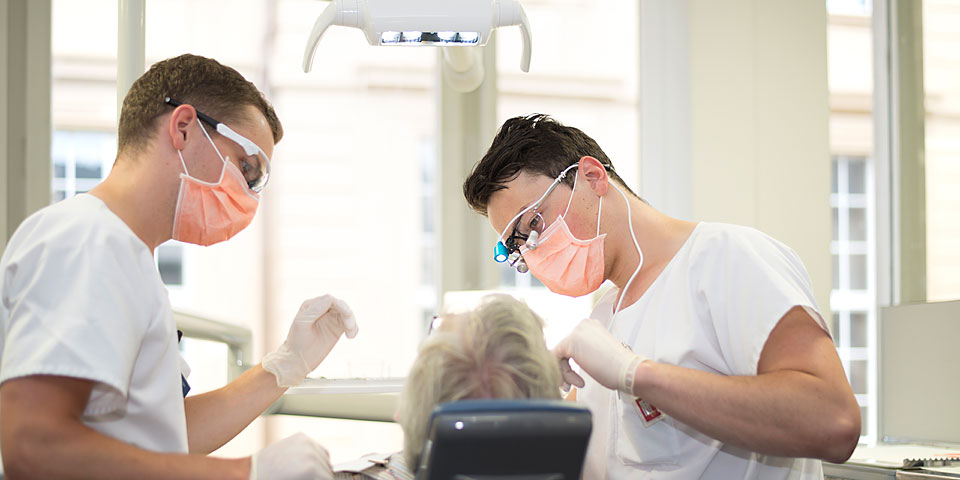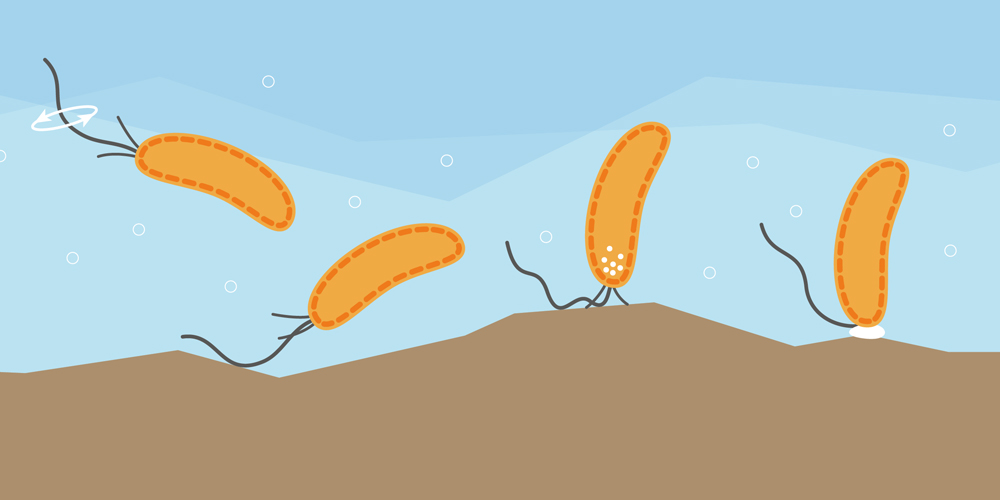Inflammation processes are responsible for the failure of insulin production in diabetes patients. The patients’ own immune systems can contribute to treatment of this disease: researchers at the University of Basel and University Hospital Basel have found a feedback mechanism that could help maintain insulin production in overweight sufferers, as they report in the journal Immunity.

Children and adolescents regularly confronted with violence in their community have a greater tendency to show antisocial behavior. This finding was reported by researchers from the University of Basel and the University Psychiatric Hospital Basel. Their new study examined the link between exposure to community violence and antisocial behavior in over 1000 children and adolescents from seven European countries.

Extracellular polysaccharides play a central role in the survival capabilities of caries-causing bacteria in dental plaque, report researchers from the University of Basel’s Preventative Dentistry and Oral Microbiology Clinic and Department of Biomedical Engineering in the journal Plos One.

People differ in their willingness to take risks. An individual’s propensity for risk taking can also vary across domains. However, there is new evidence showing that there is also a general factor of individual risk preference, which remains stable over time – akin to the general Intelligence Quotient (IQ).

Cancer cells can reactivate a cellular process that is an essential part of embryonic development. This allows them to leave the primary tumor, penetrate the surrounding tissue and form metastases in peripheral organs.
Although bacteria have no sensory organs in the classical sense, they are still masters in perceiving their environment. A research group at the University of Basel’s Biozentrum has now discovered that bacteria not only respond to chemical signals, but also possess a sense of touch.

A clearly defined subpopulation of neurons in the brainstem is essential to execute locomotion at high speeds. Interestingly, these high-speed neurons are intermingled with others that can elicit immediate stopping. How defined groups of brainstem neurons can regulate important aspects of full motor programs, reports a study by researchers of the Biozentrum at the University of Basel and the Friedrich Miescher Institute for Biomedical Research (FMI). The journal Nature has published the results.

The endogenous infection marker procalcitonin can help to guide the use of antibiotics when treating infections. The course of antibiotic therapy is shortened, and its side effects and mortality rate also decrease.
Chemists at the University of Basel have been able to show for the first time that anaerobic bacteria can produce the vitamin ergothioneine in the absence of oxygen. This suggests that bacteria were forming this compound even before there was oxygen in the Earth’s atmosphere.
